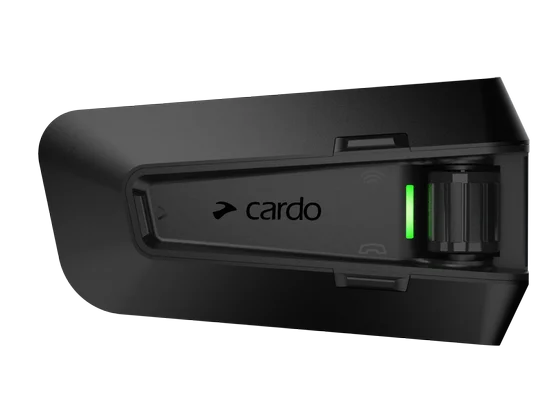A motorcycle helmet is the single most important piece of gear a rider buys. Your helmet will be responsible for protecting you in a worst-case scenario, of course, but it will also be on your head for countless rides where nothing goes wrong.
That’s why it’s so critically important to get a helmet that fits your head snugly and comfortably.
You’re less likely to wear an uncomfortable helmet, and when you do wear it, the uncomfortable design can become a distraction that takes your focus off the road. Plus, your favorite motorcycle helmet speakers or motorcycle communication system might not feel comfortable to use in a helmet that’s the wrong size.
This guide will provide you with some useful rules of thumb for getting a motorcycle helmet that fits right. The first task: Figuring out what head shape you have.
Determining Your Head Shape
The shape of your head is a crucial factor in choosing the right helmet design. There are three basic types of human head shapes:
-Long Oval: An elongated head shape that’s significantly longer than it is wide, with the basic outline of a football. A helmet that doesn’t fit you will feel loose on the sides, but too tight at the front and back.
-Intermediate Oval: The most common head shape, just a little bit longer than it is wide. Most motorcycle helmets are designed for intermediate oval heads.
-Round Oval: A head shape with length and width that are almost the same. A helmet that doesn’t fit you will feel too tight on the sides.
There’s no magic formula for finding your head shape, but you can get an idea of yours by having a friend stand above you and look down at your head. Remember, you’re looking at the shape of your head, not the shape of your face.
Measuring Your Head
Now you’ll need to get the exact dimensions for fitting your helmet. A tailor’s tape is the best tool for measuring your head for a helmet.
- Wrap the tape around the thickest part of your head. For most people, this will be right above your ears, approximately half an inch above your eyebrows.
- Measure your head circumference. It’s easiest and most accurate if someone else reads the tape.
- Take the measurement again, just to be safe. (“Measure twice, cut once,” as carpenters say.)
- Find a helmet sizing chart for a brand of helmets you’re interested in and determine your size.
Now, here’s where it gets a little complicated. Sizing varies between types of motorcycle helmets and between manufacturers, and each manufacturer has their own sizing chart. You should only use a size chart from the manufacturer you’re considering buying a helmet from. If you want to look at helmets from another brand, make sure to check their sizing chart before you start looking at the models you want.
How to Tell if a Helmet Fits
Once you’ve got the helmet on your head, there are a few tests you should perform to see if the fit is correct. First, turn your head back and forth as far as you can. The helmet shouldn’t rattle around or move independently of your head. If it does, you might need to adjust the chin strap, or the helmet may be too big.
A new helmet should fit your head quite snugly. To test this, slide your finger between the helmet’s interior padding and your head. It should be slightly difficult to get your finger inside the helmet. It’s OK if a helmet doesn’t feel perfectly comfortable when first worn. Your head will break it in as you ride with it. (Remember that you can also adjust the cheek pads for a comfier fit.)
However, the helmet shouldn’t have “hot spots” where it puts excessive pressure on your skull. If you feel extreme pressure at certain points, make sure you’re trying on the right helmet shape. If you have a set of Bluetooth motorcycle helmet speakers for a motorcycle communication system like the Cardo Packtalk Bold, consider where you’ll need to place these inside the helmet.
You should also take note of how the helmet affects your field of vision. The helmet’s eye port should sit just above your eyebrows and shouldn’t hamper your peripheral vision.
Your helmet is your best friend when it comes to motorcycle safety, so it’s important to get the right one and keep it well-maintained. Interested in more tips on helmets? See our introduction to the types of motorcycle helmets and our motorcycle helmet cleaning guide.





